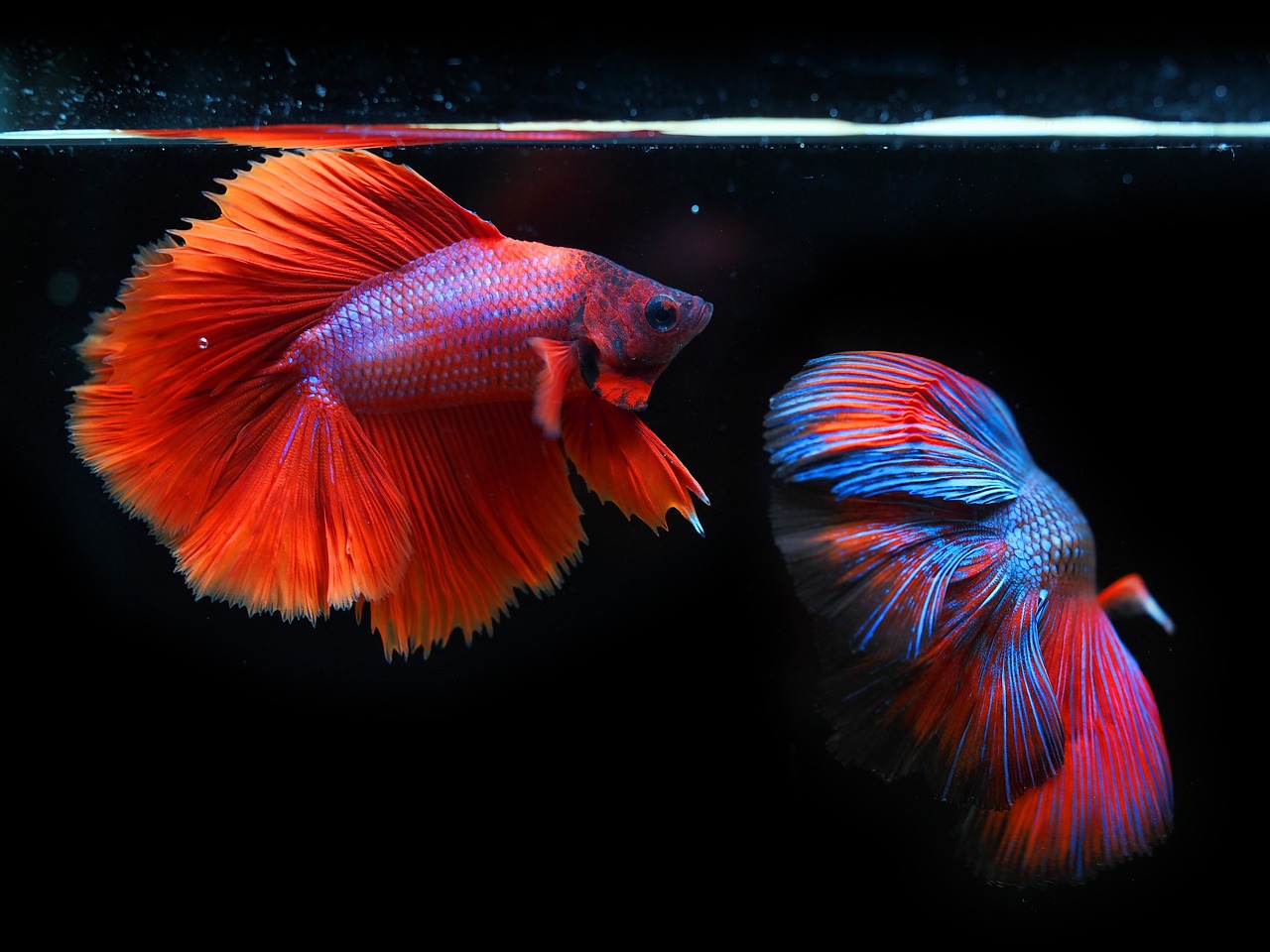Aquariums are artificial habitats carefully designed to house aquatic life, but sometimes fish can exhibit disturbing behaviors, such as swimming sideways. When there are fish swimming sideways, it is something to draw attention to. In fact, this abnormal behavior may be an indication of various health problems or environmental conditions that require immediate attention by aquarium owners. Here we explore some of the possible causes of fish swimming sideways in an aquarium.
Why do fish swim sideways?
- Swim bladder disease:
One of the most common causes of fish swimming sideways is swim bladder disease. This condition affects the organ that controls the fish’s buoyancy and its ability to stand upright in the water. It can be caused by a variety of factors, such as inadequate diet, bacterial or parasitic infections, or even physical trauma. Additional symptoms may include abdominal bloating, loss of appetite and lethargy.
- Chemical imbalance problems:
Inadequate levels of certain chemical compounds in the aquarium water, such as ammonia or nitrite, can have adverse effects on fish health. These chemical imbalances can irritate the gills and other internal organs of fish, which can lead to buoyancy problems and cause them to swim sideways. It is crucial to keep water chemical levels within safe ranges through regular testing and proper water changes.
- Vesicular swimming problems:
Fish may also swim sideways due to problems related to the swim bladder and organs associated with balance and buoyancy. This may occur due to congenital malformations, physical injury or inflammation of internal organs. Symptoms may vary depending on the underlying cause, but abnormal swimming and difficulty standing upright are usually indicators of a problem.
- Stress and trauma:
Stress and trauma can trigger a variety of physical responses in fish, including side-swimming. Sudden changes in the aquarium environment, such as the introduction of new fish, sudden movements or drastic changes in temperature or water quality, can cause significant stress to the fish. Similarly, physical trauma, such as injuries caused by other fish or aquarium equipment, can also affect the swimming behavior of fish.
- Congenital swimming problems:
Some fish species may be more susceptible to congenital swimming problems due to their genetics. This may be due to malformations in the spine, swim bladder or other internal organs that affect their ability to swim normally. While these problems may not be treatable, it is important to provide an environment that minimizes stress and facilitates fish mobility.
Attention to abnormal behavior
In conclusion, sideways swimming in fish can be a symptom of various health problems or environmental conditions in the aquarium. It is crucial that aquarium owners be alert to this abnormal behavior and take steps to identify and address the underlying causes. Consulting a veterinarian specializing in aquatic life or an aquarium expert can be essential to ensure the health and well-being of the fish in the aquarium.
Image courtesy of https://pixabay.com, all rights reserved.








